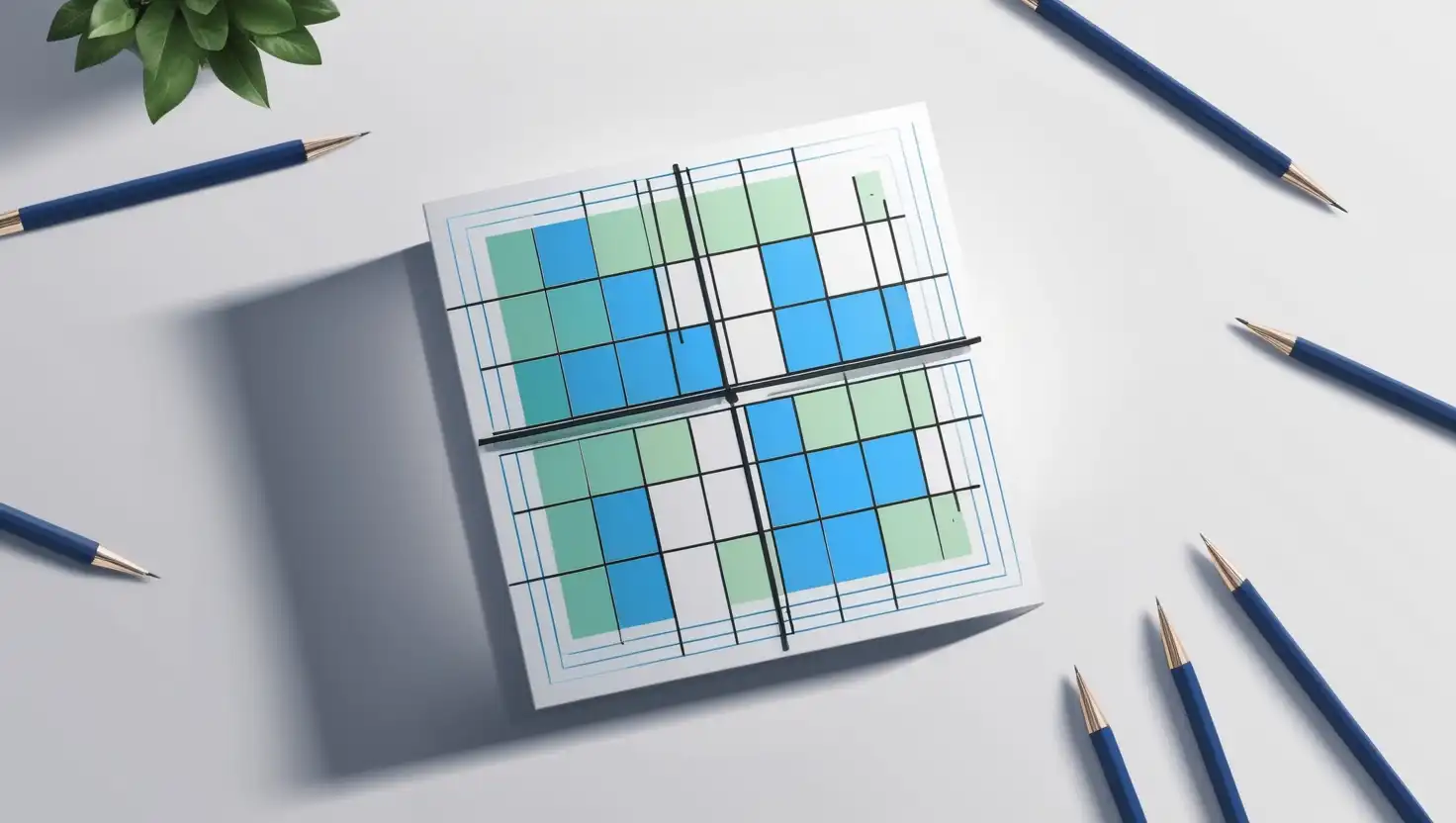Sudoku Game
Sudoku, a puzzle that has captured the minds of millions, is more than just a game. It’s a fun and effective way to enhance your cognitive abilities, improve concentration, and provide a mental workout. Whether you’re a beginner or a seasoned pro, Sudoku can be enjoyed by people of all ages.

In this article, we will delve into the world of Sudoku, explaining its origins, how to play, its benefits, and how you can start mastering this puzzle game.
What is Sudoku?
Sudoku is a number puzzle game that is played on a 9×9 grid. The goal is simple: fill in the grid with numbers from 1 to 9, following a few specific rules. Each row, column, and 3×3 subgrid must contain all the numbers from 1 to 9, without any repetition.
At the start, you are given some numbers already placed in the grid (called “givens” or “clues”). Your job is to fill in the remaining numbers, using logic and reasoning, until the puzzle is complete.
A Brief History of Sudoku
The game of Sudoku has roots that trace back to the 18th century. The puzzle’s modern form, however, was first introduced in Japan in 1984 by the publisher Nikoli, where it was initially called “Number Place.” It quickly became a favorite pastime across Japan, and soon after, it spread to the rest of the world.
Despite its relatively recent rise in popularity, the game has deep historical ties to logic puzzles and mathematical games. Sudoku is built on simple rules, but solving the puzzle requires logical thinking, pattern recognition, and strategy, making it a timeless brain teaser.
How to Play Sudoku Online?
The rules of Sudoku are incredibly straightforward, but the challenges increase as you progress through the puzzle. Here’s a basic guide on how to get started:
Step-by-Step Guide
- Understand the Grid: The Sudoku grid consists of 81 cells arranged in 9 rows and 9 columns. These cells are further divided into nine 3×3 subgrids, which are sometimes referred to as “regions” or “blocks.”
- The Objective: The objective is to fill in the grid so that each row, column, and 3×3 subgrid contains every number from 1 to 9 without repeating any number within the same row, column, or subgrid.
- The Clues: At the start of the puzzle, some numbers are already placed in the grid. These clues are your starting point. The more clues you have, the easier the puzzle will be. However, even puzzles with fewer clues can be solved with logic and patience.
- Using Logic to Solve: Start by focusing on rows, columns, or subgrids with fewer empty cells. Look for opportunities where only one number can fit into a particular empty space.
- Elimination Process: As you fill in more numbers, use the process of elimination. For example, if a number already exists in a row, column, or subgrid, you can rule it out from other possible cells.
- Continue Until Complete: Keep filling in the numbers one by one, using logic and reasoning, until the entire grid is complete.
Sudoku Symbols and Notations
To help organize your thinking, many people use a few helpful symbols or notations in the puzzle. Here are a few common ones:
- Pencil Marks: In harder puzzles, you may want to use “pencil marks” to note potential numbers for a given cell. These marks act as temporary placeholders that can be erased as you proceed.
- Cross-Hatching: This is a technique where you cross out numbers from a particular row, column, or subgrid based on the existing clues, which helps narrow down possible solutions.
Sudoku Difficulty Levels
Sudoku puzzles come in various difficulty levels, ranging from easy to expert. The complexity of the puzzle depends on how many clues are provided and the level of logical reasoning required to complete the grid.
Easy Sudoku
An easy puzzle typically has a good number of initial clues, allowing you to fill in numbers quickly using basic logic and elimination. These puzzles are ideal for beginners or anyone looking for a quick mental workout.
Medium Sudoku
Medium-level Sudoku puzzles have fewer clues than easy ones, requiring more strategic thinking and a bit more time to solve. These puzzles strike a balance between challenge and fun.
Hard Sudoku
Hard puzzles have very few initial clues, and solving them requires advanced techniques such as backtracking or using complex logic. These puzzles are best for experienced players who are looking for a real mental challenge.
Expert Sudoku
Expert-level puzzles are designed to test your skills to the maximum. With minimal clues and the need for advanced solving techniques, these puzzles can be extremely time-consuming and mentally demanding.
Benefits of Playing Sudoku Online
Sudoku offers a wide array of benefits, not just for your enjoyment but also for your brain health. Here are some of the top benefits:
Improves Concentration and Focus
Sudoku requires deep concentration and the ability to stay focused for extended periods. As you work through a puzzle, you must maintain attention to detail, which helps improve your overall focus.
Enhances Logical Thinking
Sudoku is essentially a game of logic. Every decision you make is based on logic, pattern recognition, and deduction. By regularly solving puzzles, you can enhance your logical thinking and problem-solving skills.
Boosts Memory
When you play Sudoku, your brain is actively engaged in remembering and recalling numbers and patterns. This constant exercise helps improve both short-term and long-term memory.
Reduces Stress
Many people find that solving puzzles helps to reduce stress. The act of focusing on a single task, such as completing a Sudoku puzzle, can be a relaxing and meditative experience.
Prevents Cognitive Decline
Studies have shown that regularly engaging in activities that challenge the brain, such as Sudoku, can help prevent cognitive decline as we age. The mental stimulation provided by Sudoku can keep your brain sharp and healthy.
Improves Patience and Persistence
Solving a difficult Sudoku puzzle takes patience and persistence. You’ll often need to try multiple solutions before finding the correct one. This helps build mental resilience and teaches the value of perseverance.
Great for All Ages
Sudoku is a universal game. It can be enjoyed by children, adults, and seniors alike. For kids, it can be a fun way to develop logic and math skills, while for seniors, it provides a great mental workout.
Tips and Strategies for Solving Sudoku
Here are a few strategies to help you solve Sudoku puzzles more efficiently:
Start with the Easiest Numbers
Always begin by filling in the most obvious numbers first. These are the numbers that can only go in one cell within a row, column, or subgrid.
Use the Process of Elimination
Cross off numbers that are already in a row, column, or subgrid to help you narrow down your options. This is especially useful when dealing with tricky spots in the grid.
Look for Hidden Singles
Sometimes, a number can only fit in one place in a row, column, or subgrid, even though other numbers may also seem to fit. This is known as a “hidden single.”
Avoid Guessing
While it might be tempting to guess a number, it’s better to rely on logic and deduction. Guessing can lead to mistakes and unnecessary frustration.
Break the Puzzle into Smaller Parts
If you’re feeling overwhelmed, break the puzzle into smaller sections. Focus on solving one row, column, or subgrid at a time.
Use Pencil Marks
For harder puzzles, pencil in possible numbers for each empty cell. This will give you a clearer picture of the possibilities and help you make decisions more easily.
Conclusion
Sudoku is more than just a puzzle; it’s a brain-boosting activity that can improve focus, logic, memory, and problem-solving skills. Whether you’re looking for a fun hobby or a way to keep your mind sharp, Sudoku offers something for everyone.
With a wide range of difficulty levels, anyone can start solving and eventually master the game. So, the next time you need a mental challenge, pick up a Sudoku puzzle and let your brain get to work!
FAQs About Sudoku
What is the best strategy for solving Sudoku?
The best strategy is to start by filling in the obvious numbers and then use the process of elimination to narrow down possibilities. Don’t be afraid to use pencil marks for possible numbers.
Can Sudoku improve my brain?
Yes! Sudoku helps enhance memory, logical thinking, and concentration. It also helps prevent cognitive decline as you age.
Is there a trick to solving Sudoku quickly?
The key is to focus on logical deduction rather than guessing. Start with easier numbers and use the process of elimination.
What is the hardest level of Sudoku?
The expert-level Sudoku puzzles are the hardest, requiring advanced techniques and longer solving times.
Can children play Sudoku?
Yes, Sudoku is a great way for children to improve their math and logical thinking skills. You can find easier versions designed specifically for kids.
Are there different versions of Sudoku?
Yes, there are variations of Sudoku, including larger grids (such as 16×16) and different puzzle styles like Killer Sudoku and Samurai Sudoku.
How long does it take to solve a Sudoku puzzle?
It depends on the difficulty level and your experience. Easy puzzles might take a few minutes, while expert puzzles can take hours.
Can Sudoku help with problem-solving skills?
Absolutely! Sudoku is a great way to develop problem-solving skills by encouraging logical thinking and patience.
Geometry Spot Games.
Different Types Of Cube Puzzles.
Different Types Of Crossword Puzzles.
Enjoy4Fun – Unlimited Free Online Games for Endless Fun.





